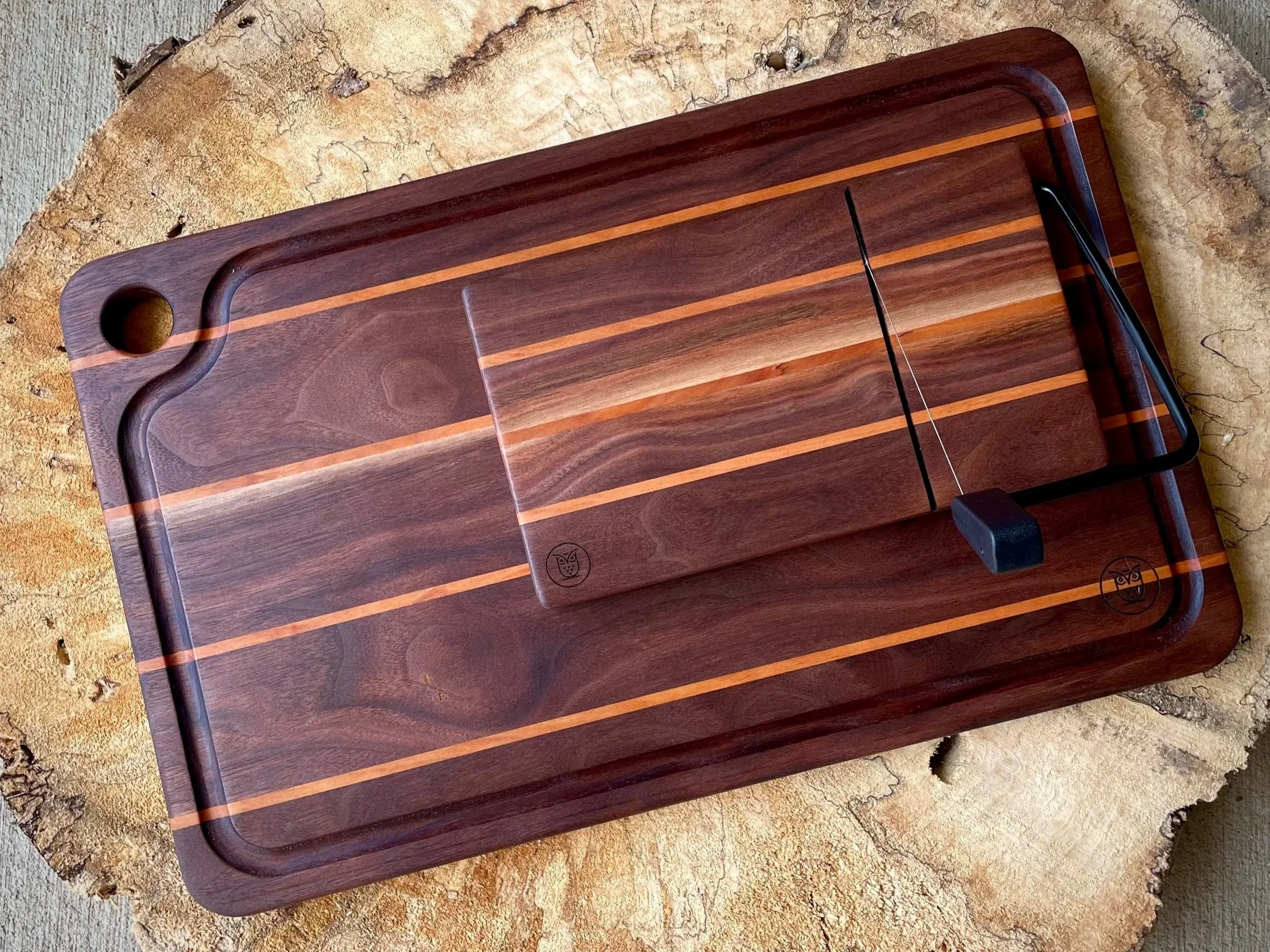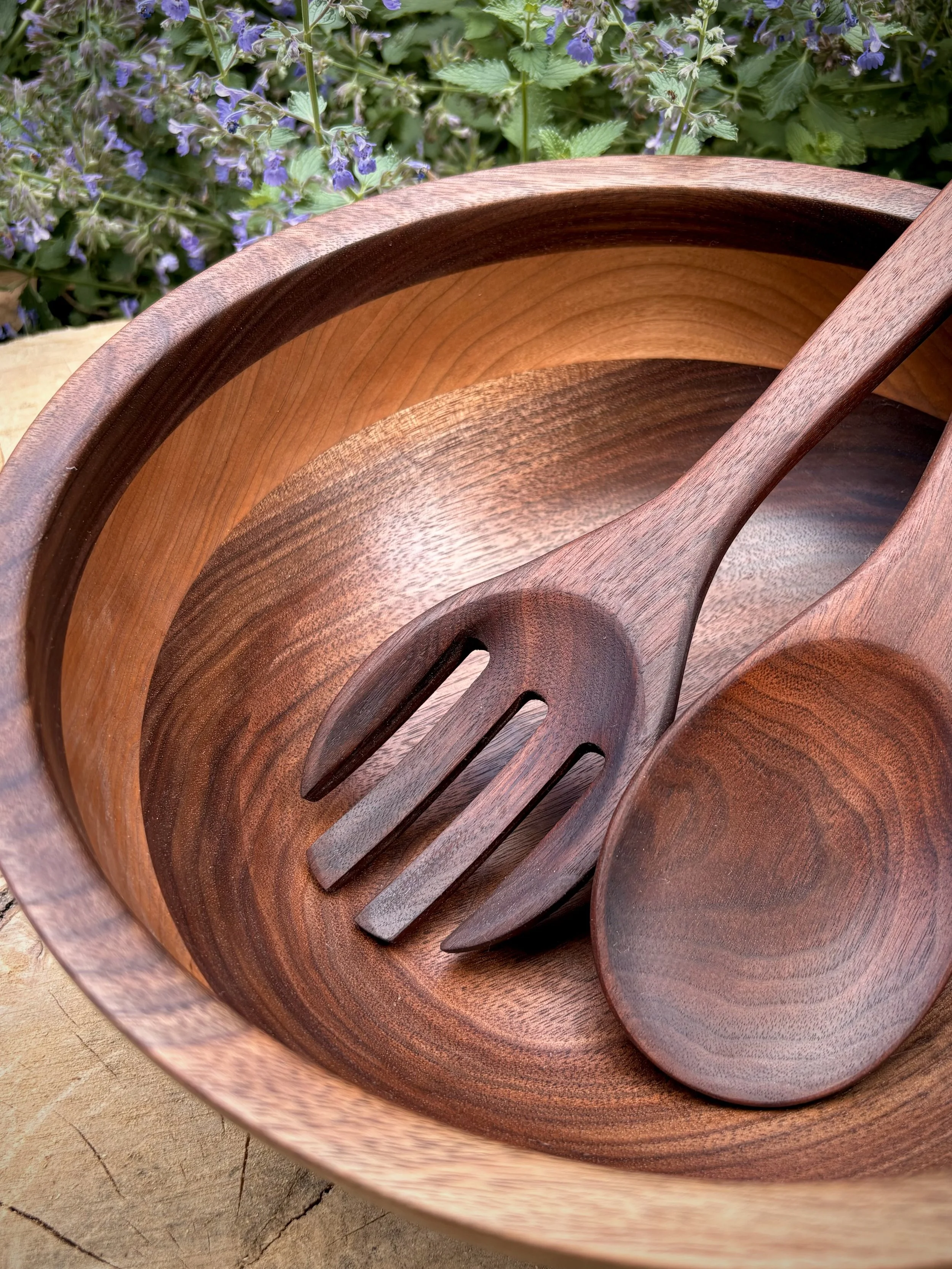Your kitchen is where nourishment begins — and it deserves tools that are safe, natural, and enduring. Whether it’s a well-loved cutting board or a hand-carved spoon, wood offers a deeper connection to your food, your health, and the world around you.
What are microplastics?
Microplastics are tiny plastic particles (less than 5 mm in size) that come from the breakdown of plastic products. They are everywhere — in oceans, rivers, soil, air, and even inside the human body.
In the Kitchen:
Everyday kitchenware (especially plastic cutting boards, utensils, and containers) can shed microplastics into your food. When you:
Cut or chop on a plastic board
Scrape with a plastic spatula
Heat food in plastic containers
…you’re likely releasing small plastic particles into your meal. Over time, these tiny bits are ingested, contributing to growing concerns about their effects on health.
Why This Matters for You …
Recent studies have shown:
Microplastics are found in human blood, lungs, and digestive systems.
Plastic particles may carry harmful chemicals (like BPA or phthalates) that disrupt hormones and affect immune and reproductive health.
Plastic cutting boards in particular shed measurable amounts of microplastics — especially when scored or worn down by knives.
Why Wood Is the Better Choice
Switching to wooden cutting boards and utensils is more than just aesthetic — it’s a healthy and environmentally responsible decision.
1. No Microplastics
Solid wood does not break down into harmful plastic particles.
You avoid unintentional ingestion of plastic with every chop, stir, or slice.
2. Naturally Antibacterial
Wood contains natural compounds (like tannins in oak or maple) that help kill bacteria, including E. coli and Salmonella.
Studies show that wooden cutting boards can be more sanitary than plastic, which can trap bacteria in deep knife grooves.
3. Long-Lasting & Repairable
Wood boards can be sanded and refinished, extending their life for years or even decades.
Plastic boards typically degrade, warp, and end up in landfills after a short period.
4. Better for the Environment
Wood is biodegradable, renewable, and far less energy-intensive to produce.
Plastic contributes to pollution and ocean waste — much of which breaks down into microplastics over time.
5. Safe with Food
When finished with natural oils (like mineral oil or beeswax), wooden boards are completely food-safe and free from synthetic chemicals.
When you choose handcrafted wooden items — like cutting boards, utensils, bowls, or serving trays — you’re not just buying something beautiful. You’re supporting a sustainable craft and the makers that are preserving woodworking while helping to protect your health.





